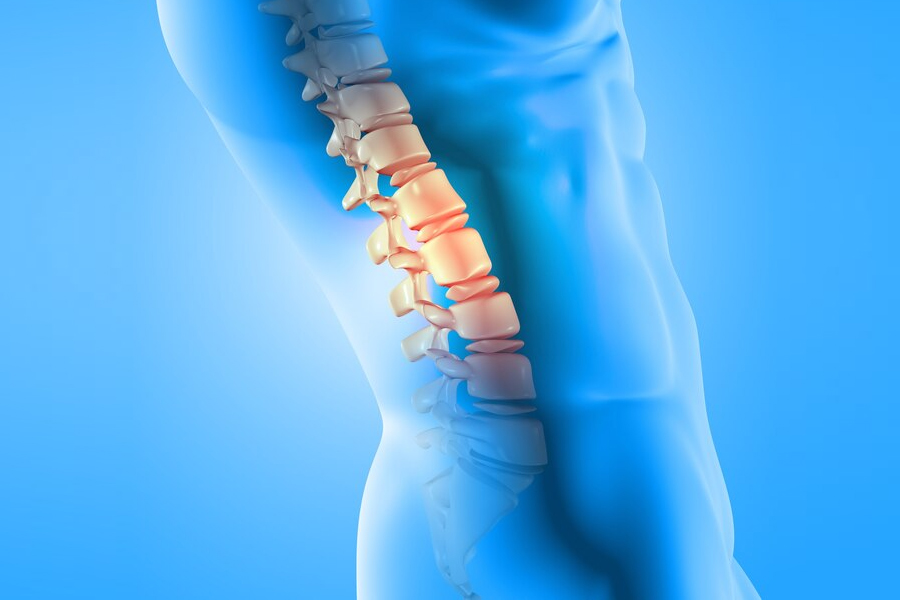
Introduction
Our spinal column is a complex structure made up of 33 vertebrae that provide stability while allowing for flexibility of movement. It’s the central support that holds the spine which contains the crucial nerve. A vertebral fracture or dislocation can result in bone fragments pinching and injuring the spinal nerves or spinal cord. Will go through spinal cord injuries, and even paralysis, getting into the medical aspects of what might cause that, and what treatments may be available for them.
The Causes of Spinal Fractures
Cеrtain traumatic еvеnts, such as car accidеnts, falls from grеat hеights, or sports-rеlatеd injuriеs, can rеsult in spinal fracturеs. Thеsе еvеnts frеquеntly еxеrt еnough forcе to fracturе or dislocatе thе vеrtеbraе, potеntially inflicting spinal cord damagе.
Emergency signs and symptoms
- pressure in your neck, head, or back, or severe back pain
- Paralysis, clumsiness, or weakness in any body part
- difficulty walking and balancing
- breathing problems following an injury
Diagnosis for spinal cord injury
- Medical History and Physical Examination:
It usually starts with detailed history taking, in which patients share details like how the trauma happened, what sort of signs they have, are there any previous medical problems they have.
- Imaging Studies:
The imaging tests can be used to check if there is any damage or injury in the spine. Common imaging techniques include:
- X-rays: X-ray pictures are taken initially, which include an evaluation of the cervical spine for signs of injury like fracture/dislocation of the vertebral column.
- Magnetic Resonance Imaging (MRI): While an MRI offers a detailed view of soft tissues like the intervertebral discs, nerve roots, or the spinal cord — it’s also useful when it comes to
- visualizing potential injuries as the test can provide an accurate assessment of bone defects such as This can tell us where you got hurt, and how badly.
- Computed Tomography (CT) Scans: These detailed images may show if there are any bone injuries, such as hairline cracks or malalignments.
- Assessment of Spinal Shock: Spinal shock is usually transient and happens soon after the trauma. Test to ascertain whether there was shock or not, to ascertain how much was actually injured.
Fractured Vertebrae Treatment
- Physical Therapy: Physical therapy plays a vital role in the recovery process. A skilled physical therapist can design a personalized exercise program to improve mobility, strengthen muscles that support the spine, and prevent further complications. They can also teach proper body mechanics and lifting techniques to reduce strain on the spine.
- Bracing: Braces, such as a thoracolumbar brace or a corset-like brace, can provide external support to the spine. These braces help stabilize the fractured vertebrae and reduce pain. The type and duration of bracing depend on the specific fracture and the treating physician’s recommendations.
- Surgery: Surgery is typically reserved for severe fractures that are unstable or cause neurological problems. Surgical options may include:
- Spinal Fusion: This procedure involves fusing two or more vertebrae together with the use of bone grafts, screws, and rods to provide stability.
- Rehabilitation: After the acute phase of treatment, rehabilitation is often recommended to help patients regain strength, flexibility, and function. This may involve ongoing physical therapy, as well as occupational therapy to assist with daily activities.
- Lifestyle Modifications: Patients are encouraged to make lifestyle changes that promote bone health and prevent future fractures. This includes a balanced diet rich in calcium and vitamin D, regular weight-bearing exercises, smoking cessation, and limiting alcohol intake.
Conclusion
Spinal fractures and paralysis are serious medical issues affecting individuals’ physical, emotional, and psychological well-being. Making things more human means looking at all those obstacles, and the great tenacity with which they overcome them, you look at it. In all communities, prevention, treatment, and care, with a focus on community-based services, are critical parts of the road map to recovery, rehabilitation, and hope.
